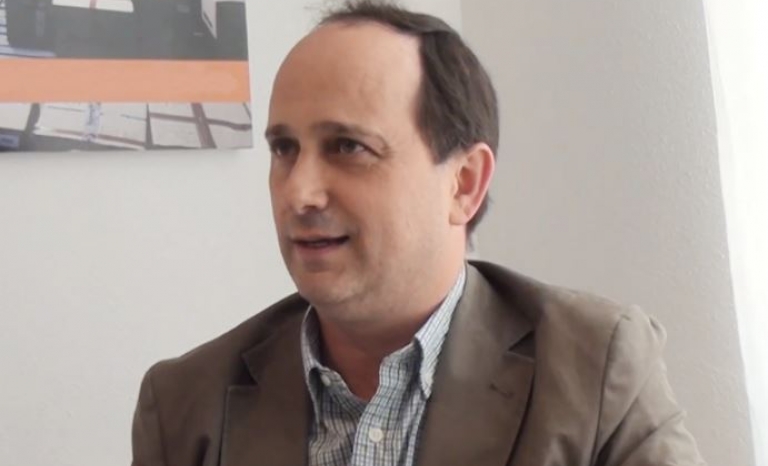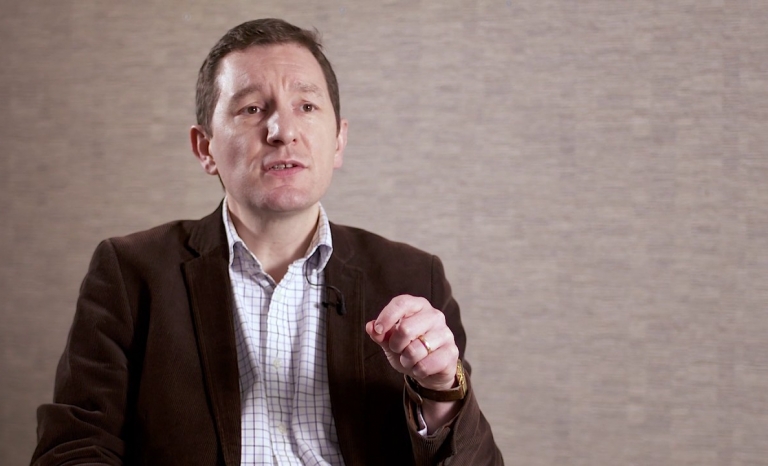Carlos Cortés is a consultant and executive coach specializing in HR within the Social Third Sector. In this interview, he talks to us about leadership and leaders’ role in non-profit organization.
What does being a leader in the social third sector mean?
Contrary to what many believe, a leader does not need to be the boss. A leader can be at the same level as his or her colleagues, but has the ability to lead or execute actions with the approval of his or her colleagues at work.
Which are the key competencies a leader should have in this sector?
It depends on the context. Very often what’s important isn’t so much the skills, but the ability to adapt to an organization’s needs. Sometimes it’s necessary to take the foot off the accelerator and shift from the more usual competencies to those required in the organization.
But back to competencies, it is important for a leader to have a good emotional intelligence and commitment to the organization. In organizations, we are good at addressing our target audience, but not so much among each other. It is extremely important for a leader to know his or her colleagues and empathize with them; to know how they feel, how he or she can help them and what they need at every moment.
Could we say there are different types of leadership? Which are the most suitable?
There are many different styles of leadership, but I think the most suitable one is the one followed by leaders who have a deep understanding of the organization’s mission in everything they do.
An interesting style of leadership is what is known as the “host leadership” whereby the leader, instead of creating followers, creates people that follow him or her. Their goal is to bring out the leader within people. A good leader will bring out the best skills in each of his or her colleagues and complement these skills with his or her own. A bad leader is one who thinks that his or her colleagues are moving into their territory and doesn’t let them grow.
Could an organization have more than one leader? How is this managed?
Of course it is possible, and positive! Although it is true that it’s easier to have one leader than many leaders, in my opinion, it’s important for an organization to have several leaders networking among themselves and at the same level. Yet, when we talk of good leaders, we are referring to those who work for the whole team and not for their personal gain.
What vision should workers and volunteers have of their leader?
This is like a group of friends. There is always a person who rises above the others and makes him or herself noticed and wants everyone to pay attention; and then there’s the leader, who everyone looks up to. A leader is the person that everyone looks up to for his or her efficiency and good practice. The leader is a reference and an example to follow. If I have a problem, he or she will listen to me. They see the leader as a person who makes mistakes and acknowledges these mistakes, and if the leader makes mistakes, everyone else can make a mistake; this is what makes leaders different from a boss, who seems never to make a mistake and who has answers for everything.
Which are the main difficulties a person could encounter while exercising leadership?
Oneself. Each person knows which are his or her strengths, limitations and how that fits in with the environment.
In your opinion, are organizations aware of the importance a leader has in the organization? Do they work on this sufficiently?
To be honest, not enough.
What advice would you have for organizations that want to foster leadership?
They should look for leadership within, following these steps: Defining the style of leadership and the goals; mapping the talent; foster and train people who have a potential to be leaders and, finally, after some time, assessing the role of its leaders.










Add new comment